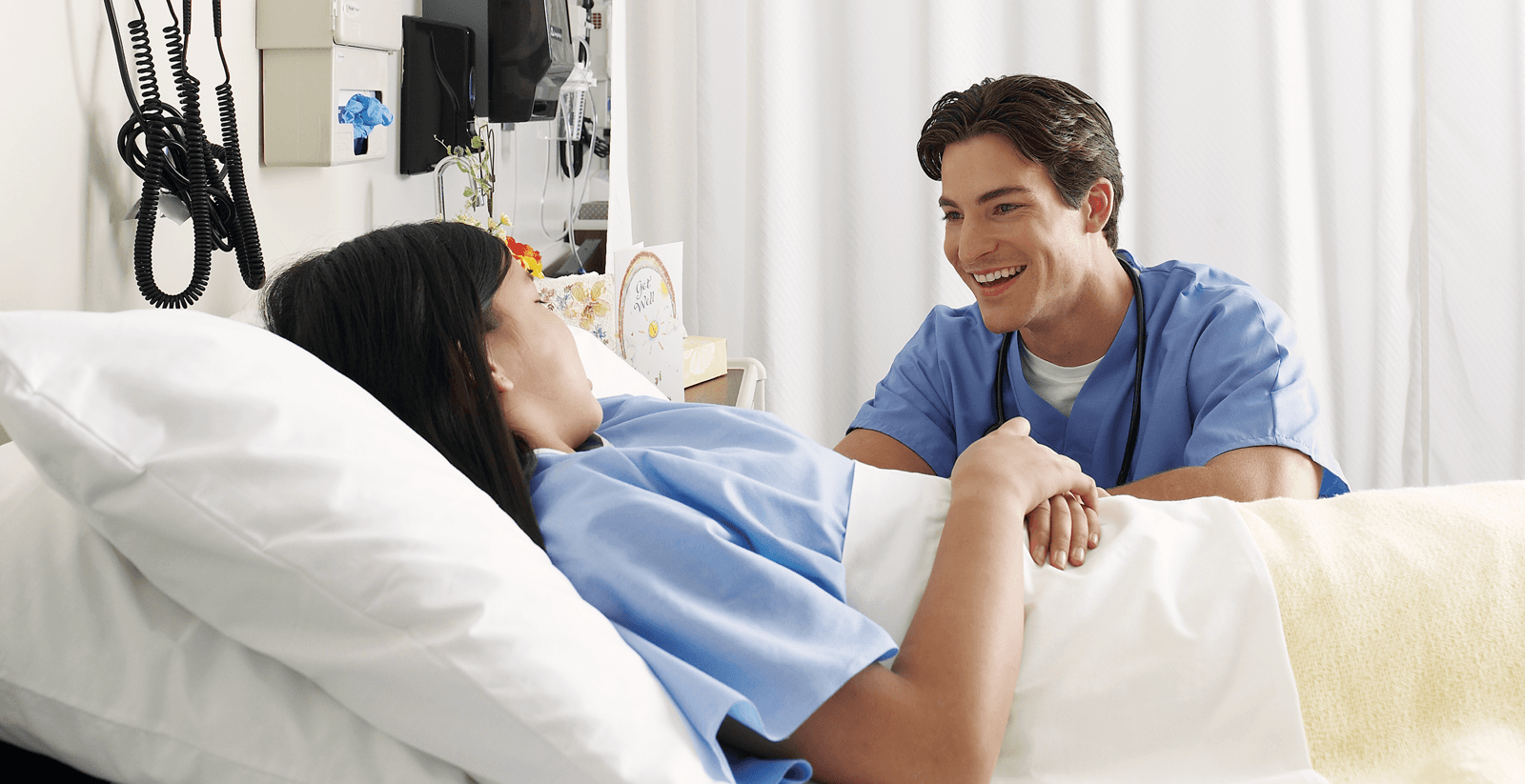
Prevent Hospital Infections

Take Steps to Reduce Your Risk During Your Stay
According to the Centers for Disease Control and Prevention (CDC), 1 in 31 patients gets a healthcare-associated infection while staying at the hospital. Often, these happen because hospital procedures and equipment can expose internal parts of your body to germs. The chart below lists common infections and steps you can take to prevent them.
Superbugs
Superbugs are strains of bacteria that are resistant to several types of antibiotics. For many years, antibiotics have been prescribed to people around the world for unnecessary reasons. The overuse of antibiotics helped to create these resistant superbugs; examples include MRSA, VRE, ESBLs and C. diff. These superbugs can be spread from person to person by touch or from contaminated objects on surfaces. They also can survive for long periods of time on hands and other surfaces. Remember to only take antibiotics when prescribed by your doctor. Protect yourself by taking these steps below, and lastly, always remember to wash your hands and ask everyone you see during your stay to wash his or her hands, too.
Type
How It Starts
Symptoms
Prevention
Type
Catheter-Associated Urinary Tract Infections (UTI)
How It Starts
Germs enter your urinary tract while using a tube to drain urine
Symptoms
- fever
- burning
- pain
- bloody or frequent urination
Prevention
- clean hands before touching area
- keep urine bag below level of bladder to prevent backflow
- don’t tug, pull, twist or bend the tube
- secure catheter to your leg and ask every day if it’s still needed
Type
Surgical Site Infections
How It Starts
Germs affect the site of your surgery—either on your skin or internally
Symptoms
- redness
- pain
- drainage of cloudy fluid
- fever
Prevention
- Do not shave surgery site (irritation increases risk of infection)
- clean hands before touching area
- don’t let visitors touch or dress your wound
- ask your nurse to show you how to care for your wound
Type
Central Line-Associated Bloodstream Infections
How It Starts
Germs enter your bloodstream through a large tube that’s inserted in a vein near your neck, chest or groin
Symptoms
- red skin and soreness at site
- fever
- chills
Prevention
- clean hands before touching area
- make sure staff wears gloves, gown, cap, mask and sterile drape when handling tube
- speak up if your bandage comes off, looks wet or dirty, or if your skin looks sore
- avoid touching tube or letting visitors touch tube
- ask that tube be removed as soon as possible
Type
Ventilator-Associated Pneumonia
How It Starts
Germs enter your lungs through a tube in your mouth, nose or neck used to help you breathe
Symptoms
- cough
- mucus
- fever
- chills
- shortness of breath
Prevention
- clean hands before touching area
- ask if it’s safe to raise the head of your bed
- know how often the inside of your mouth needs to be cleaned and speak up when it hasn’t happened
- ask that tube be removed as soon as possible
The AudioEye Trusted Certification represents a commitment to accessibility and digital inclusion.
Patient Guide Solutions, LLC
All Rights Reserved